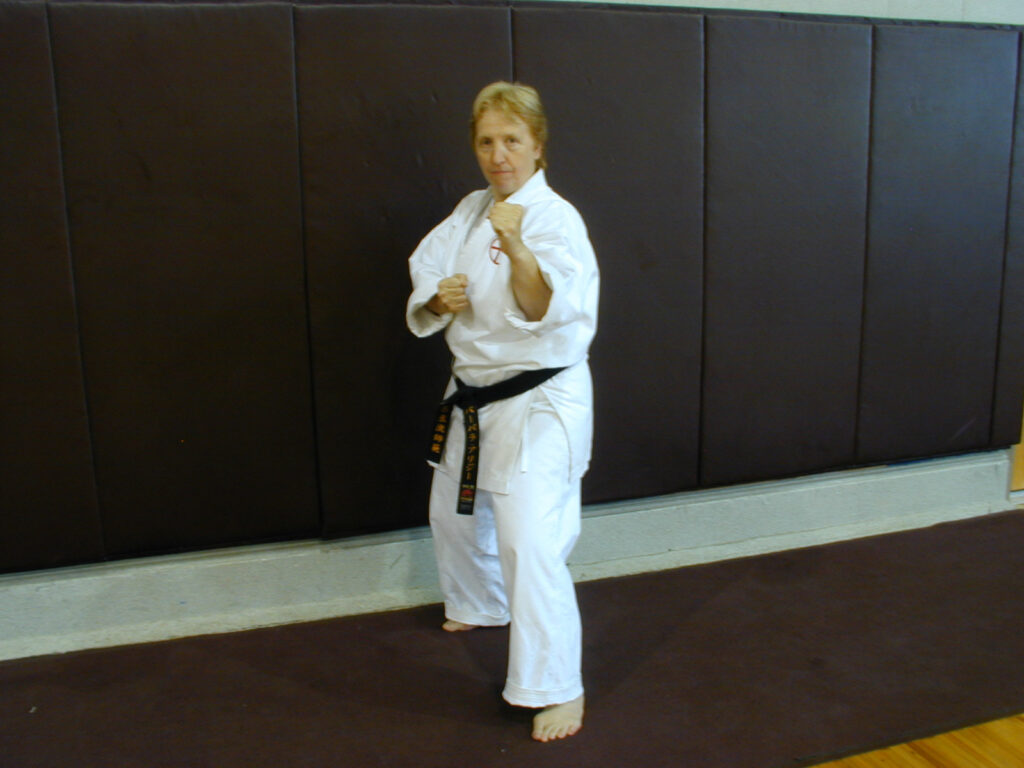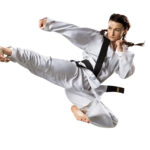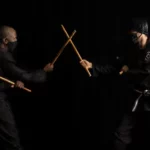Considered to be a style of “karate” is a North American form of martial art known as Shuri-Ryu. This “striking and eclectic” martial art form is said to have originated from United States of America, and has been developed by an American martial artist named Robert Trias. Apparently, Shuri-Ryu has been created using elements belonging to other forms of martial arts such as Shuri-te karate, Naha-te karate, Xing Yi, and Kung Fu.
a. History/origin of the Shuri-Ryu:
The founder of Shuri-Ryu was an American called Robert Trias, who was initially introduced to karate while he was in the United States of America Navy during World War II. Furthermore, he then went on to learn various forms of martial art from great teachers such as T’ung Gee Hsing, Hoy Yuan Ping, Yajui Yamada etc. It is from the martial art knowledge that Trias obtained from these teachers that he was able to developed another form which was called “Shuri-Ryu”. In addition, this martial art form is said to have been inspired from styles such as Shure-te karate, Naha-te karate, Xing Yi, and Kung Fu.
b. Weapon used in the Shuri-Ryu:
“Hands and legs” of the fighter are mainly used as a weapon in this form of combat.
c. Technique involved in the Shuri-Ryu and training availability:
In terms of technique, a fighter in this form of martial art is allowed to use moves such as punch, kick, and block. In addition, moves such as joint locks, takedowns, and throws are also used in this form of combat. Furthermore, this form of fighting also consists of a few short combinations that are a part of the technique, and they are as follows:
- 26 ippon: This combination is used to develop form and power.
- 10 taezu: This combination is used to develop speed and fluidity.
- 30 kihon: This combination is used to develop a fighting technique
- 8 se-ten motions and seven kogeki ho: This combination is used to develop attacking and retreating techniques.
As for training schools/centers, there are a few available especially in the United States of America and some parts of Europe, and South America for those interested in learning this “striking and eclectic”form of martial art form.
')}







